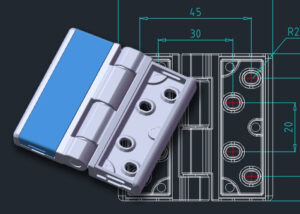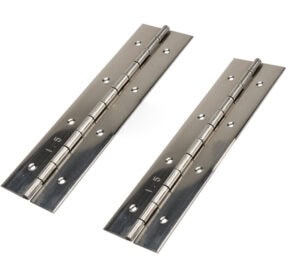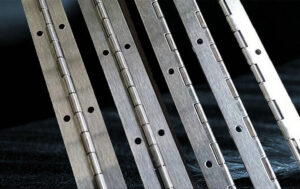Installing hinges correctly is a key step in ensuring your door operates smoothly and securely. Whether you’re replacing an old door or installing a new one, understanding the order of hinge installation is crucial for success.
When hanging a door, you generally install the hinges on the door first before securing them to the frame. This method ensures the door is aligned properly and allows for easy adjustments before the final installation.
Now, let’s take a closer look at the most common methods, why hinge placement matters, and how to avoid common mistakes when installing hinges on your door.
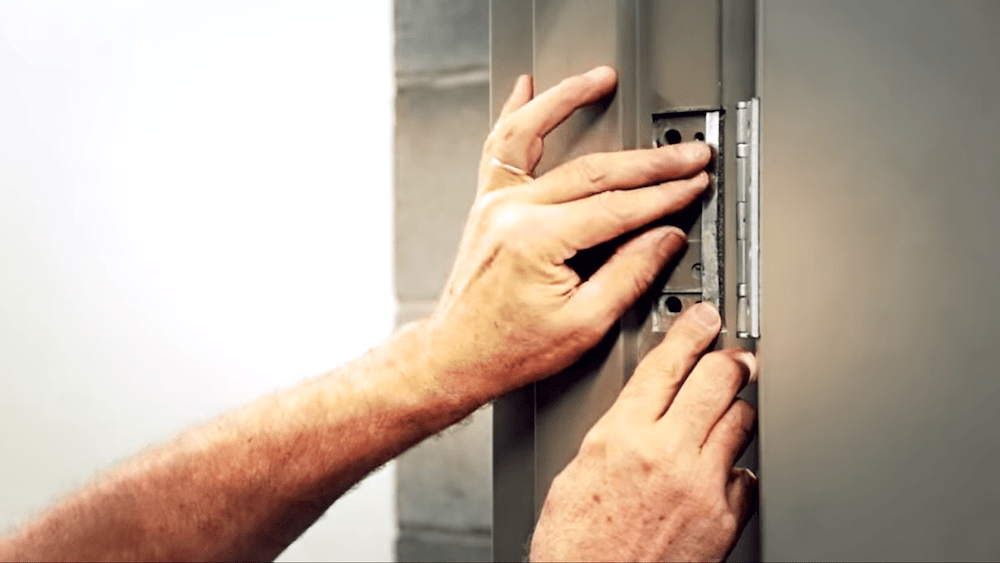
What Is the Correct Order for Installing Hinges?
Understanding the correct sequence for hinge installation is critical to achieving a well-functioning door.
The standard approach is to install the hinges on the door first. This helps with accurate positioning when you attach the door to the frame.
When installing door hinges, the most common method is to secure the hinges to the door first. This approach allows for better alignment and precision when attaching the door to the frame. It also makes it easier to adjust the door’s swing before permanently fixing the hinges to the door frame.
For heavier doors, such as those with heavy duty hinges or marine hinges, the process may vary slightly. With larger or heavier doors, some professionals prefer to attach the hinges to the frame first, providing extra support when lifting and positioning the door. However, the general consensus remains that attaching hinges to the door before the frame is the most effective method for most applications.
Why Does It Matter Which Side of the Hinge Goes on the Door?
Hinge orientation is an important consideration when installing a door, as the wrong placement could affect the door’s functionality.
The hinge side of the door is where the hinge leaf is secured to the door, while the other leaf attaches to the frame. Correct orientation ensures the door functions as intended.
Hinge orientation plays a crucial role in door function. When installing hinges, it is essential to ensure that the hinge leaves are aligned correctly. The leaf that goes on the door should have the pin or barrel aligned with the corresponding frame leaf. If you install the hinge on the wrong side, the door could become difficult to open or close, putting unnecessary stress on the hinge and the door frame.
For concealed hinges, this issue becomes even more important. The design of concealed hinges requires precise placement to ensure that the door opens and closes smoothly without any gaps between the door and frame. An improperly installed hinge could affect the overall aesthetics and performance of the door.
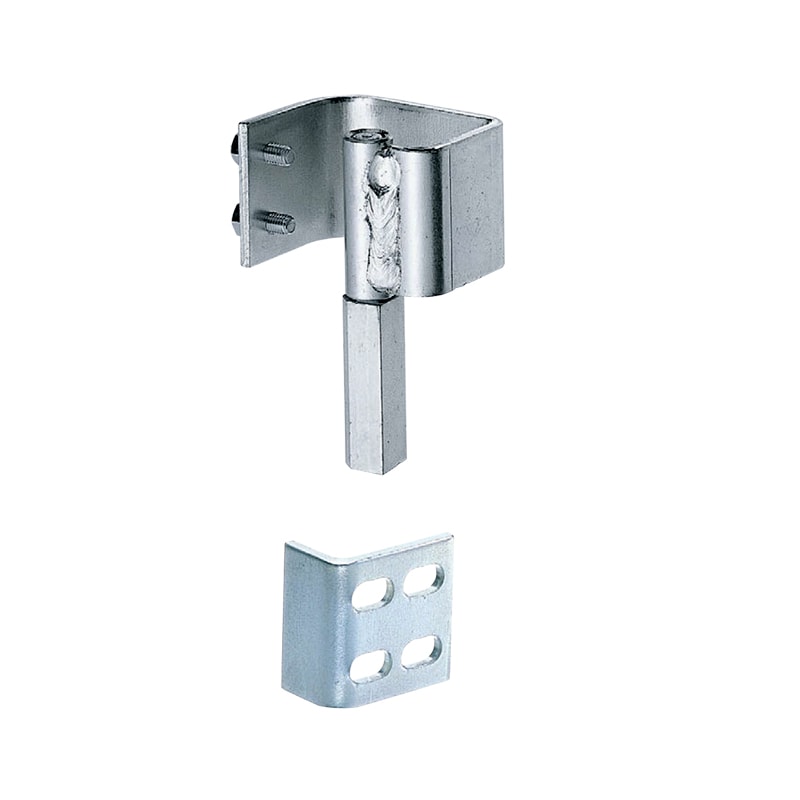
How Many Hinges Should a Door Have?
Hinge number and placement is an essential consideration when hanging a door.
Typically, most interior doors use 2 hinges, but heavy or tall doors may require 3 to prevent sagging and ensure smooth operation.
The number of hinges required for a door depends largely on the size, weight, and material of the door. Most standard interior doors only need two hinges, with one placed at the top and one at the bottom. For larger or heavier doors—such as those equipped with industrial hinge production base components or weld on hinges—a third hinge may be necessary. The third hinge helps distribute the weight evenly across the door, preventing sagging and ensuring a longer-lasting installation.
Doors that are over 60 inches in height or weigh more than 40 pounds typically require three hinges. This ensures the door remains properly aligned and that the weight is evenly distributed, minimizing stress on the hinges over time.
Where Should Hinges Be Placed on a Door?
Proper placement of hinges on a door is essential to its functionality and alignment.
Hinges should be placed roughly 7 inches from the top and 10 inches from the bottom of the door, with a third hinge placed at the center for heavier doors.
Proper hinge placement is key to ensuring a door functions smoothly. The general guideline for most doors is to place the top hinge approximately 7 inches from the top of the door and the bottom hinge about 10 inches from the bottom. For doors requiring a third hinge—such as piano hinges or detachable hinges—the third hinge is generally placed at the center of the door. This arrangement helps distribute the weight evenly, allowing the door to swing freely without issue.
For doors with special designs or requirements—such as cold storage room hinges or climatic test chamber hinges—placement may vary slightly based on the specific needs of the installation. It is always important to double-check the measurements and ensure that hinges are installed at the correct locations for optimal functionality.
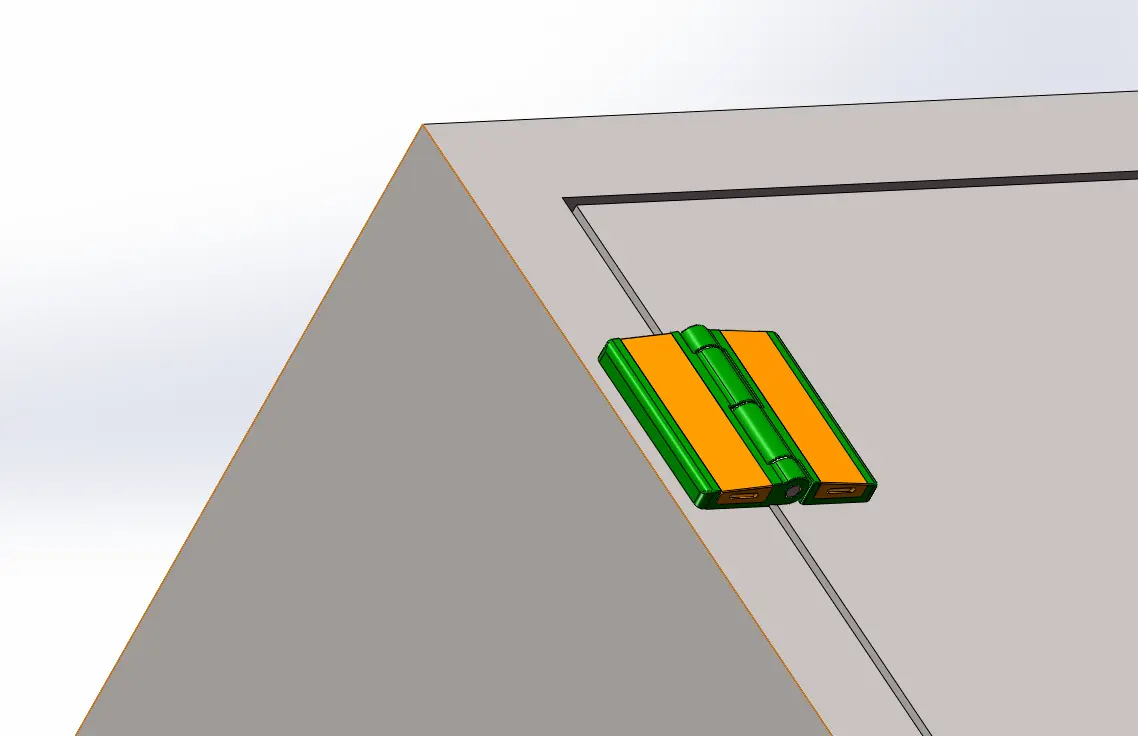
Should You Install the Door Hinges First or the Door Frame First?
This is one of the most debated topics in door installation, and the answer can vary based on the door type.
While many professionals recommend attaching hinges to the door first, some suggest starting with the frame for easier alignment and support.
The choice of whether to install hinges on the door or the frame first can depend on the type of door and hinge used. For most doors, it is recommended to install the hinges on the door first. This allows for more control over the door’s alignment and positioning when attaching it to the frame. However, some prefer to secure the hinges to the frame first, especially when working with large or heavy doors like those using aluminum hinges or trailer door hinges.
Attaching the hinges to the frame first can provide extra support while lifting and positioning the door. Once the door is positioned correctly, you can then attach the hinges to the door itself.
What Are Common Mistakes When Installing Hinges?
Avoiding common hinge installation mistakes ensures better door performance and durability.
Common mistakes include misaligning the hinges, incorrect orientation, and placing them too high or too low on the door.
Several mistakes are commonly made during hinge installation. One of the most frequent errors is misplacing the hinge locations on the door. Hinges placed too high or too low can cause the door to hang unevenly, affecting its swing and putting unnecessary strain on the hinges.
Another common mistake is failing to correctly orient the hinge leaves. If the hinge is installed with the wrong side facing the door or the frame, it can make the door difficult to operate. To avoid these errors, ensure that you measure carefully and align the hinges precisely before securing them in place.

Does the Type of Hinge Matter?
Different types of hinges require slightly different installation methods and considerations.
The type of hinge, such as butt hinges, continuous hinges, or flush hinges, can impact the installation order and placement on the door.
The type of hinge you choose can affect the installation process. For example, butt hinges are the most common and are relatively simple to install. However, more complex hinges, such as flush hinges, require careful measurements and precise installation to ensure they are flush with the door surface.
Other hinge types, such as continuous hinges (also called piano hinges) and marine hinges, often require additional considerations due to their design. Continuous hinges, which run the full length of the door, need to be aligned properly to ensure smooth operation, while marine hinges must be corrosion-resistant and durable enough for use in harsh environments.
Conclusion
In most cases, hinges should be installed on the door first, followed by securing them to the frame. This method ensures proper alignment, ease of installation, and optimal door functionality.

